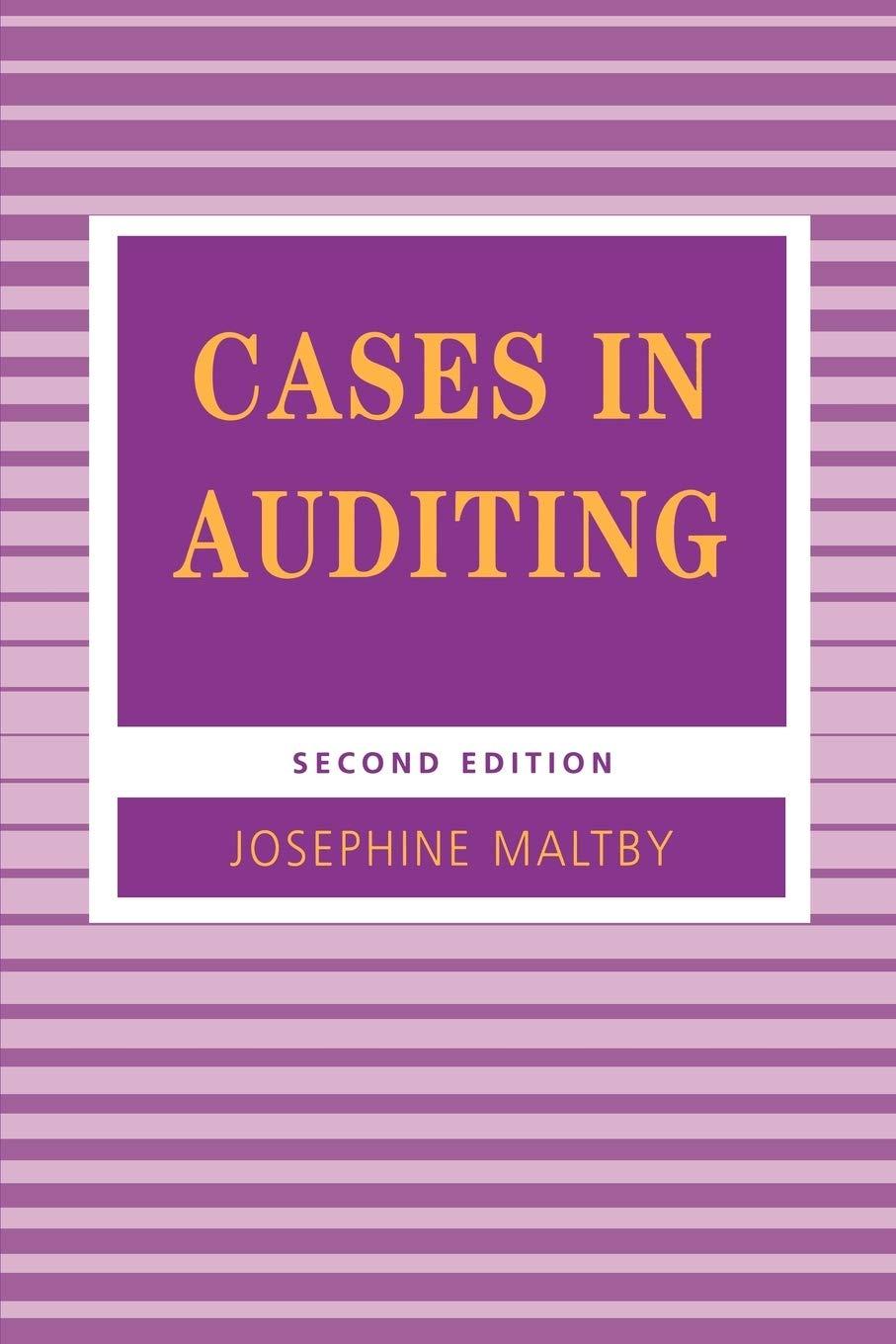Answered step by step
Verified Expert Solution
Question
1 Approved Answer
if this is in cosine originally how can i get it to represent sinisoidal this is my code iSol - 2*exp(-40*t) + 80*t*exp(-40*t) clc; clear;
if this is in cosine originally how can i get it to represent sinisoidal

this is my code

iSol - 2*exp(-40*t) + 80*t*exp(-40*t) clc; clear; close all; % symbolic definitions: syms t i(t) diodt % variable: R1=3; R2=2; R3=5; L=62.5e-3; C=0.01; Vs=20; %Analysis for t
Step by Step Solution
There are 3 Steps involved in it
Step: 1

Get Instant Access to Expert-Tailored Solutions
See step-by-step solutions with expert insights and AI powered tools for academic success
Step: 2

Step: 3

Ace Your Homework with AI
Get the answers you need in no time with our AI-driven, step-by-step assistance
Get Started


